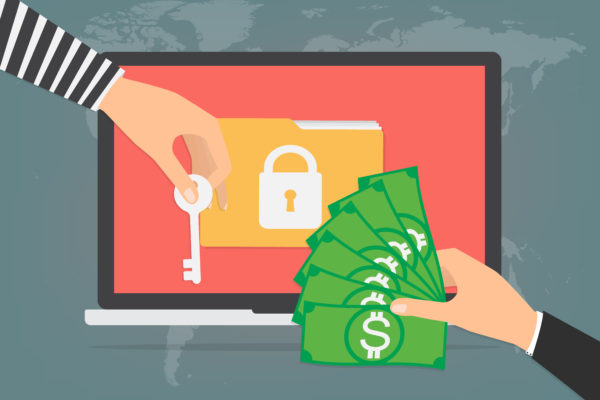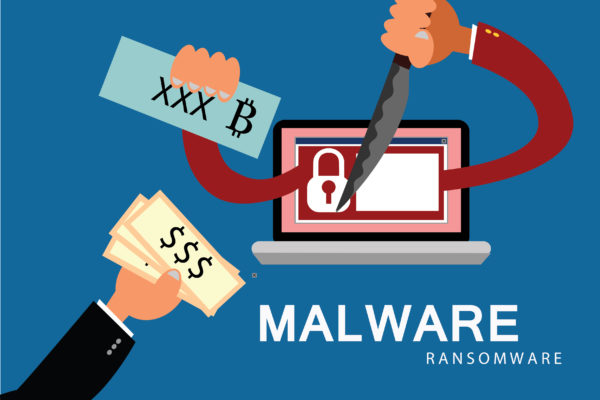One of the ransomware making rounds now-a-days is Cyber SSCP. It was discovered by security and ransomware removal expert A Shadow. It is found to have a modular malware engine which signifies that cybercriminals can easily modify it for cyberattacks.
How It Attacks
CyberSSCP makes a user unable to open his files as it encodes each file. Like other ransomwares, the main motive behind the attack is to collect a ransom from its victim. According to ransomware removal experts, one of the most dangerous problems associated with CYBER SCCP is that once it attacks a file, then the file becomes worthless and users can loss their crucial data if they have a lack of backup on cloud storage or a portable hard disk.
The files that are encoded through CyberSSCP ransomware are marked with an extension of “.CyberSSCP” after which details of the ransom are included in a text file and delivered to the victim’s computer.
Demands and Deceptions
The note contains the demand of ransom in the form of a crytocurrency. The attackers also claim to have a tool that can decrypt your files and remove ransomware after you pay them. However, it is a lie as they will further try to trick you by offering to decrypt some of your files through their decryptor which in reality does not exist. They will instead recover your files through a software and make you think as if they have used a decryptor.
The ransom is generally 0.03 BTC (Bitcoin) which the cybercriminals want to be sent to a wallet address which is provided in the text file. Moreover, further communication is demanded through an email address [email protected]. Ransomware removal experts believe that any communication with these cybercriminals is fruitless and they cannot be trusted as these cybercriminals do not care about the user’s files and data and will not reply back after they are paid.
Therefore, it is recommended to instead improve the security measures of your system and implement tools that can not only save you from any impending attack in the future but also recover your data in the case of a breach.



